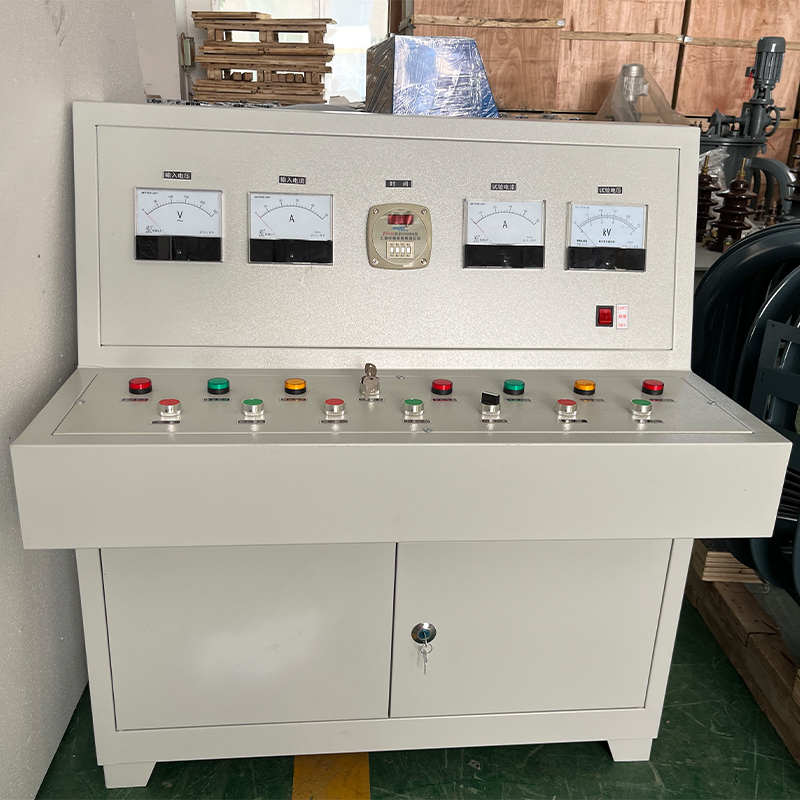Wire Reverse Bending Test Equipment for Material Durability Assessment and Quality Control
Wire Reverse Bending Test Machine An Overview
In today's fast-paced manufacturing environment, ensuring the durability and reliability of materials is of paramount importance. One of the significant processes used in the evaluation of material properties is the reverse bending test. The wire reverse bending test machine is a specialized piece of equipment designed to assess the fatigue and deformation characteristics of various wire materials when subjected to cyclical bending stress. This article provides an overview of the wire reverse bending test machine, its working principles, its applications, and its significance in quality control.
Understanding Reverse Bending Test
The reverse bending test is primarily conducted to evaluate how well a material can endure repeated bending without exhibiting signs of failure or permanent deformation. During the test, a wire sample is subjected to repeated bends in opposite directions, enabled by the machine's precise mechanisms. This type of testing is crucial for applications where materials will be subjected to cyclical loads, such as in automotive, aerospace, and construction sectors, where safety and longevity are of utmost importance.
Components of a Wire Reverse Bending Test Machine
A wire reverse bending test machine consists of several critical components that allow it to perform its functions effectively. These include
1. Clamping Mechanism This component holds the wire securely in place while it undergoes testing. The clamping must ensure that there's no slippage that could lead to inaccurate results.
2. Bending Arm The bending arm is responsible for applying force to the wire. It moves in a controlled manner to create bends in both directions, which is critical for simulating real-world conditions.
3. Control System Modern wire reverse bending test machines are often equipped with sophisticated control systems that allow operators to set specific parameters such as the angle of bending, the speed of operation, and the number of cycles. Data from the test can be monitored in real-time, and results can be stored for future analysis.
4. Measurement Tools Integrated measurement tools can assess the wire's performance during tests. This includes measuring the angle of deflection, the number of cycles completed, and any signs of material fatigue or failure.
wire reverse bending test machine

Working Principle
The operation of a wire reverse bending test machine begins with the preparation of the wire sample, which is clamped securely in place. The bending arm then engages, moving in one direction to create a bend. Once the specified angle or load is reached, the arm quickly reverses direction to bend the wire in the opposite direction. This cyclical bending process continues for the predetermined number of cycles or until the wire exhibits fatigue failure, such as cracking or breaking.
Data collected during the test is analyzed to determine various properties of the wire, including its ductility, toughness, and fatigue limit. The results can be used to predict how the wire will perform under actual conditions and to compare different materials or coatings.
Applications
Wire reverse bending test machines find extensive applications in various industries. Here are a few notable examples
- Automotive Industry Components such as springs, wires, and brackets are often subjected to cyclical loads. Testing these components helps ensure vehicle safety and performance. - Aerospace Engineering In aerospace applications, materials are tested for their ability to withstand extreme conditions and fatigue, which is vital for ensuring the safety and reliability of aircraft.
- Construction and Infrastructure Wires used in construction, such as those in reinforced concrete, undergo rigorous testing to ensure they can handle the stresses they will face in the field.
- Manufacturing and Quality Control Manufacturers utilize wire reverse bending tests as part of their quality control protocols to ensure that all batches of wire meet specific mechanical properties.
Conclusion
The wire reverse bending test machine is an indispensable tool in the materials testing sector. By assessing the performance of wire samples under cyclical bending loads, manufacturers can predict how their products will behave in real-world applications, ensuring safety and durability. With advances in technology, these machines have become more sophisticated, allowing for precise control and measurement, ultimately leading to better quality assurance in wire production. As industries continue to evolve and the demand for high-performance materials increases, the role of the wire reverse bending test machine will only become more critical in maintaining the standards of reliability and safety.
-
Why the Conductor Resistance Constant Temperature Measurement Machine Redefines Precision
NewsJun.20,2025
-
Reliable Testing Starts Here: Why the High Insulation Resistance Measuring Instrument Is a Must-Have
NewsJun.20,2025
-
Flexible Cable Flexing Test Equipment: The Precision Standard for Cable Durability and Performance Testing
NewsJun.20,2025
-
Digital Measurement Projector: Precision Visualization for Modern Manufacturing
NewsJun.20,2025
-
Computer Control Electronic Tensile Tester: Precision and Power for the Modern Metal Industry
NewsJun.20,2025
-
Cable Spark Tester: Your Ultimate Insulation Assurance for Wire and Cable Testing
NewsJun.20,2025
 Copyright © 2025 Hebei Fangyuan Instrument & Equipment Co.,Ltd. All Rights Reserved. Sitemap | Privacy Policy
Copyright © 2025 Hebei Fangyuan Instrument & Equipment Co.,Ltd. All Rights Reserved. Sitemap | Privacy Policy
